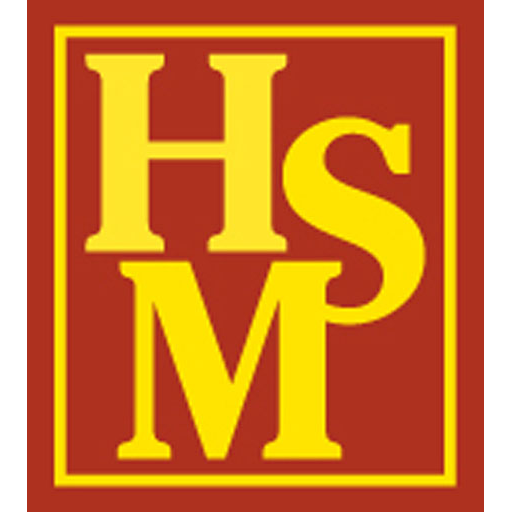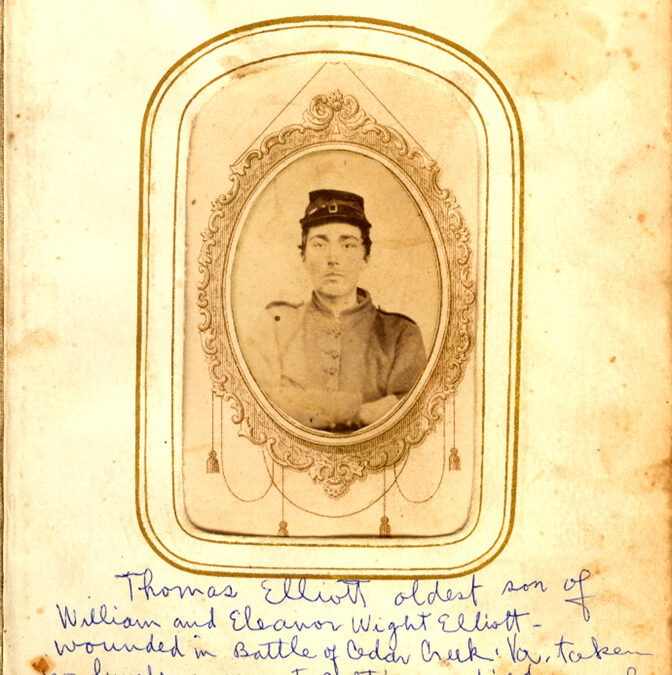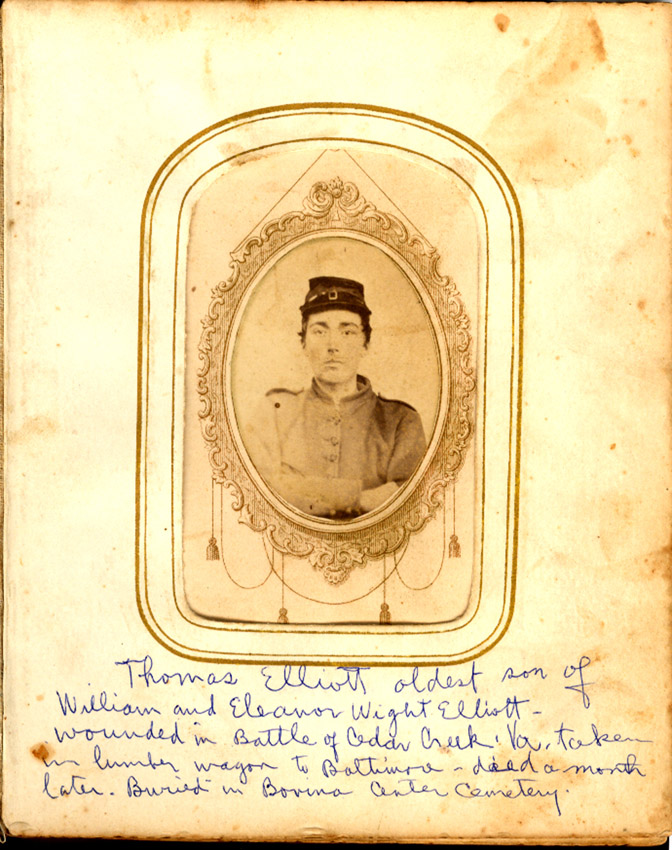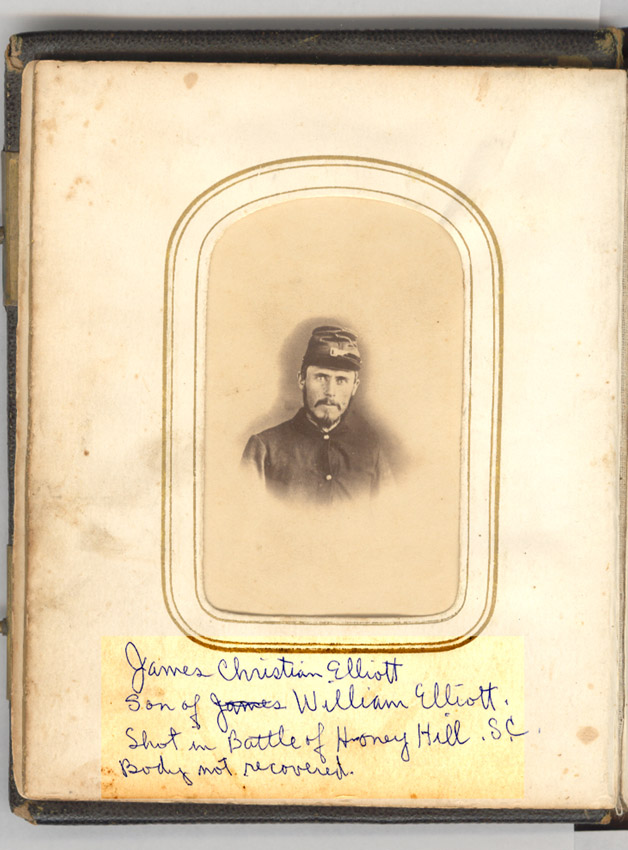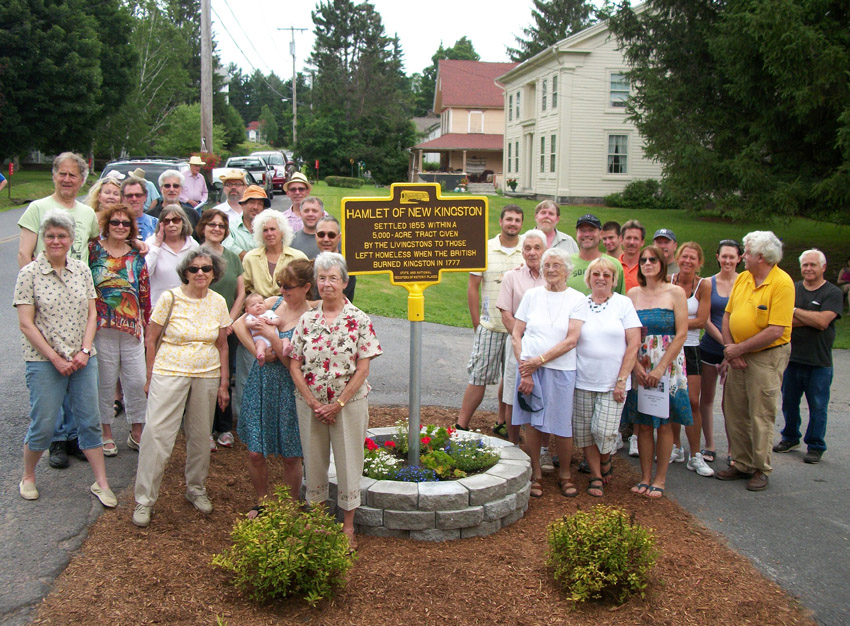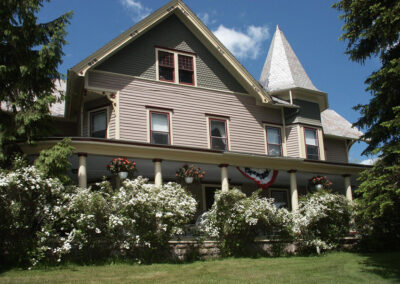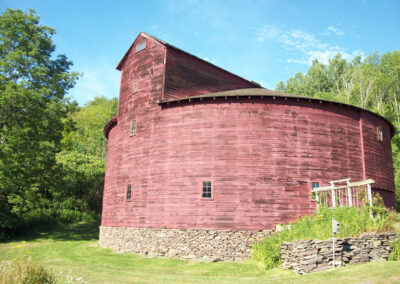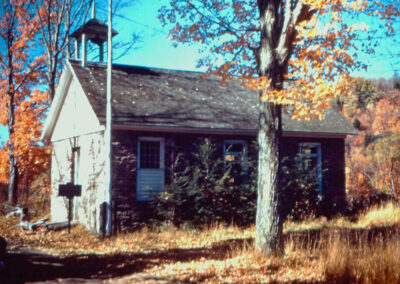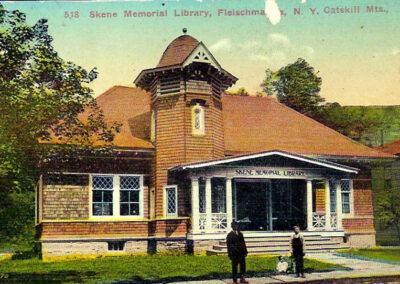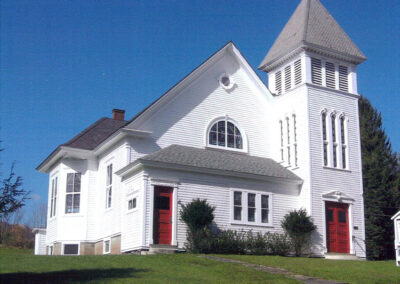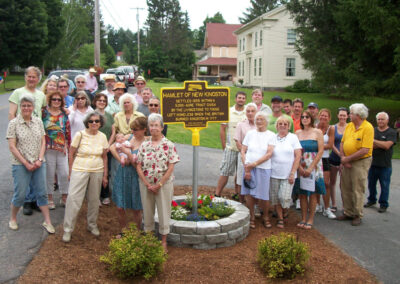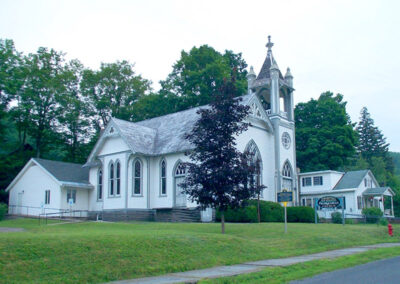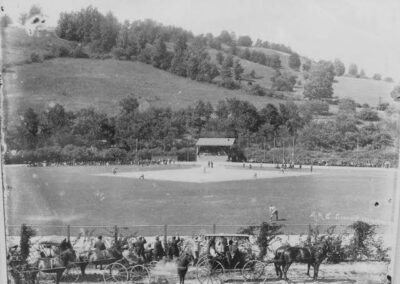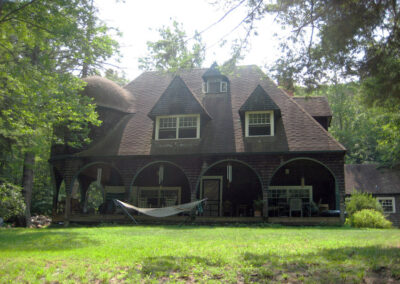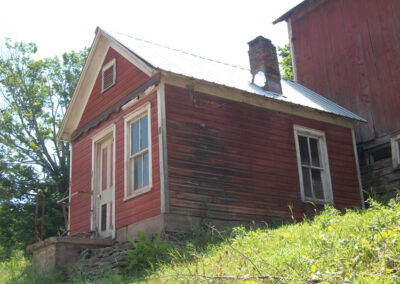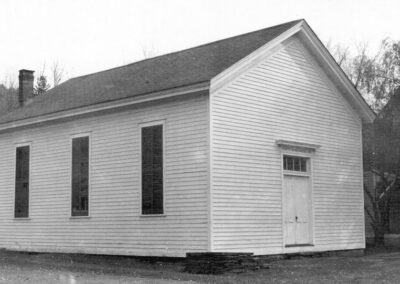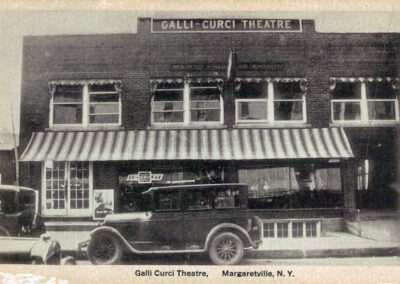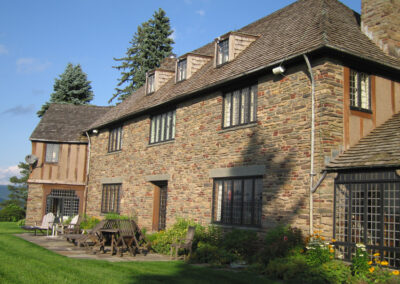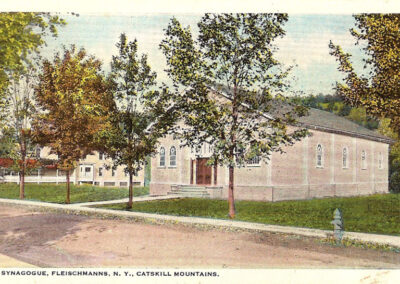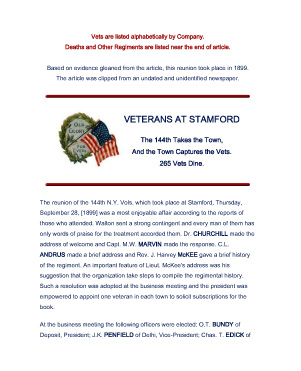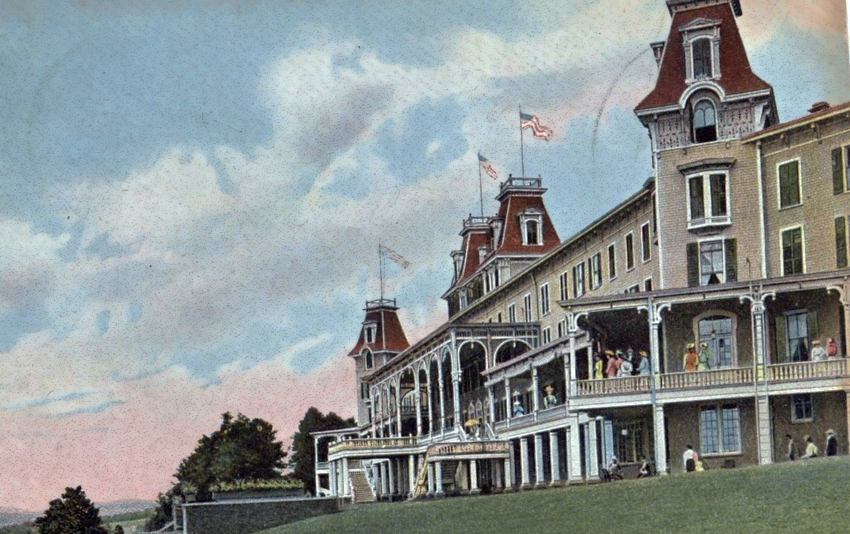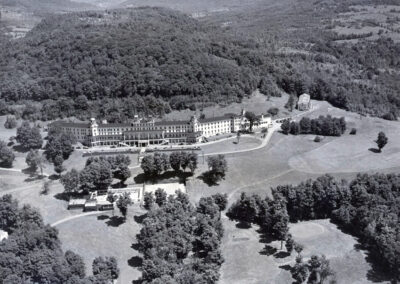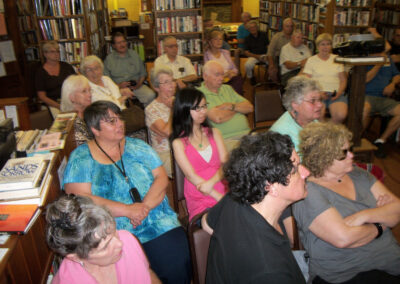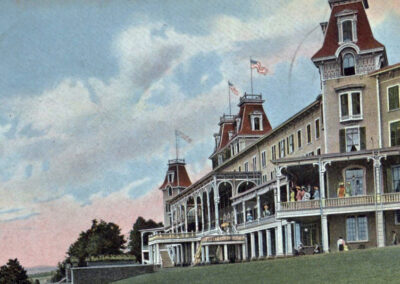STORM AND SUNSHINE OF BOYHOOD;
OR, TWO SIDES TO THE PICTURE.
Though bright is the sunshine of boyhood,
Yet all is not pleasant to him,
For the smallest of clouds that arises,
His brightest of moments may dim.
I know that the rambling school-boy
Has innocent joy in his heart,
While he plays with his ball in the meadow,
Or shoots with his cross-gun, or dart.
To wade in the mud, and the water,
To him, is a source of delight,
He loves to be fishing, and sporting,
He loves to be flying the kite.
His spool-tops, his wagons and horses,
His play-house, his hoop, and his cart.
His water-wheel; wind-mill; and hand-sleigh;
Can moments of pleasure impart.
He loves to be skating, and sliding,
He loves to be rolling in snow,
To see him, in all his amusements,
You’d think him a stranger to woe,
And now, we have looked on the bright side,
As people most commonly do;
But, let us turn over the picture,
The dark side is present to view.
